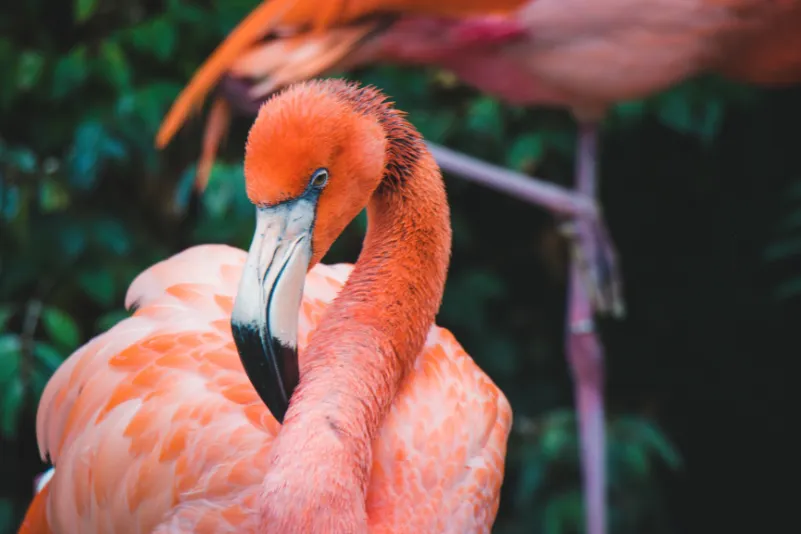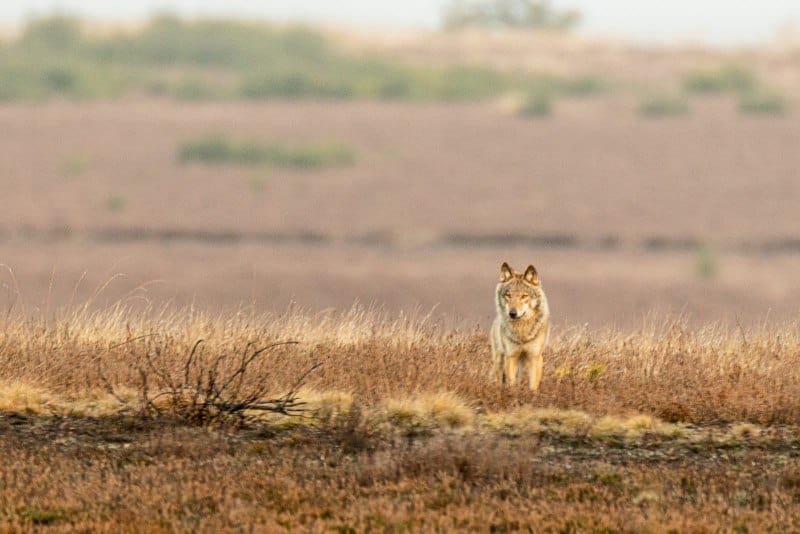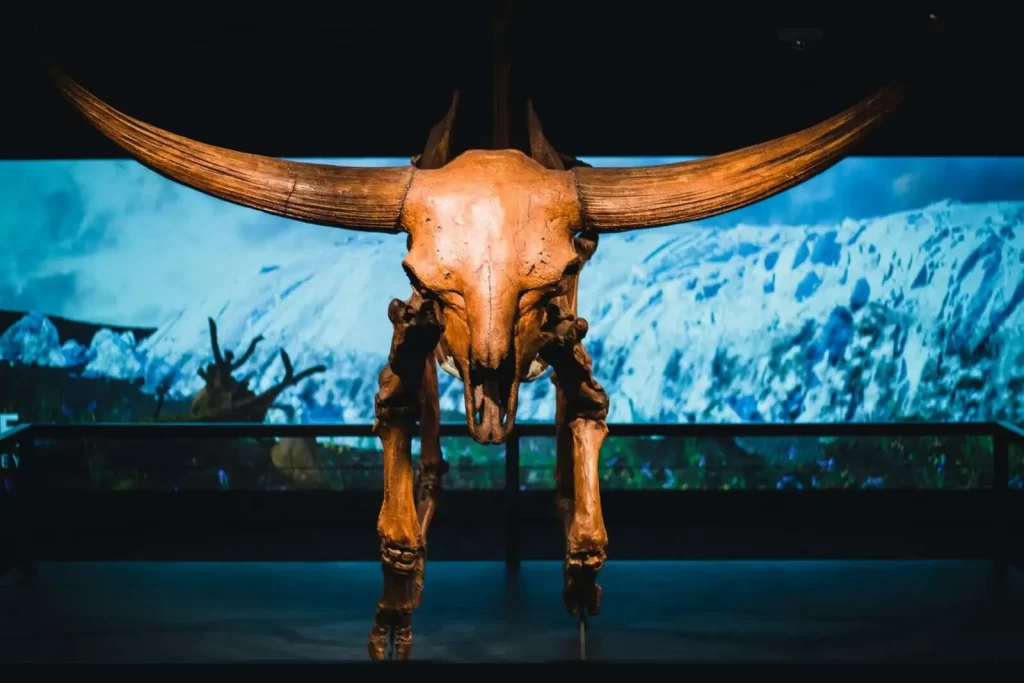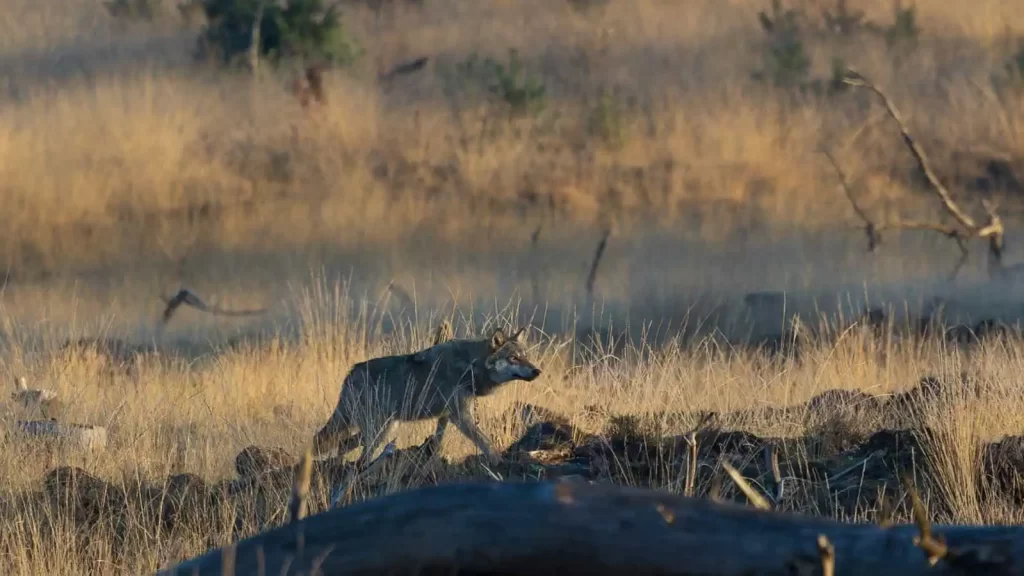Share:
Restoring wild animal populations as climate change mitigation strategy
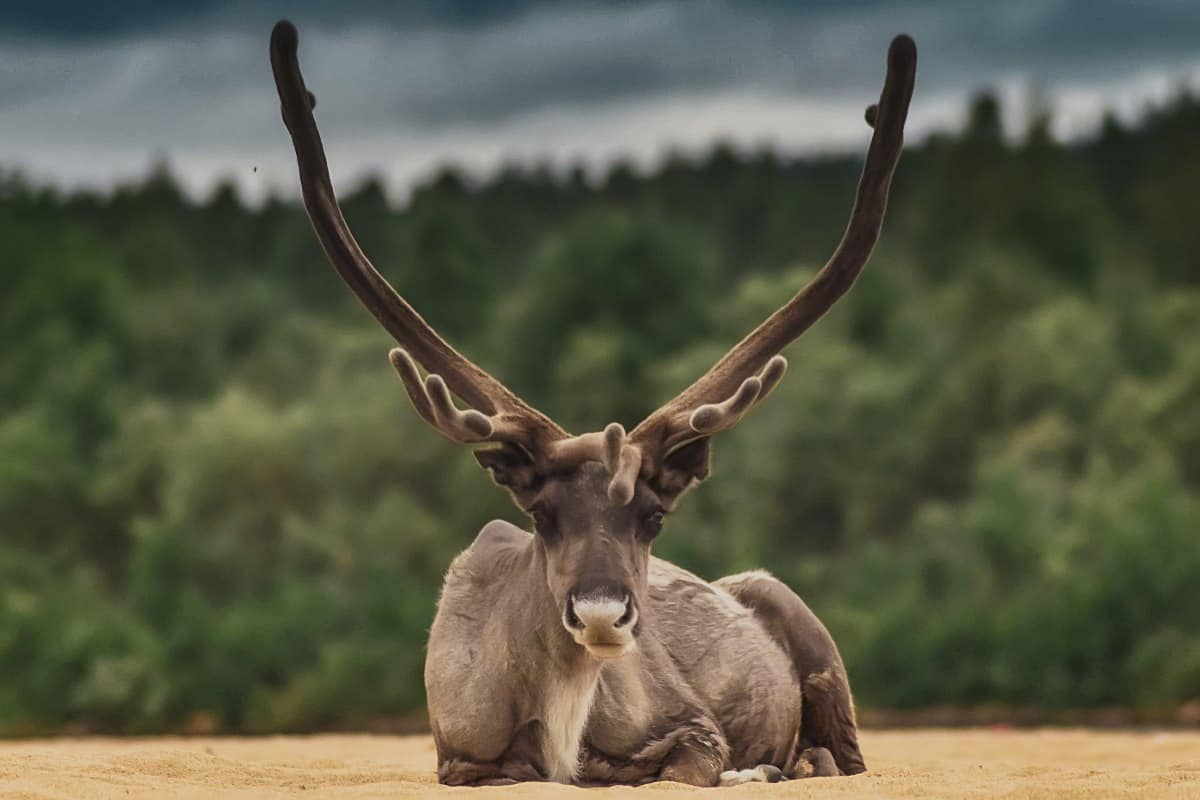
Responding to climate change and reversing the reduction in biodiversity are two of the most pressing environmental issues of our day. Interventions that address both issues at once are highly preferred.
Most research to date on these two problems has concentrated on protecting or restoring soils and vegetation, ignoring the potential impact that large wild animals may have on ecosystems’ capacity to mitigate climate change and adapt to it. The conservation of large animals and the fight against climate change may not always work well together, though.
In a publication in Current Biology, researchers discuss protecting animals and reducing climate change in land and marine environments. They clarify broad concepts regarding the types of biomes where and how positive and negative synergy between wildlife protection and climate change mitigation are likely to occur.
The article reviews existing research on the topic and identifies three main mechanisms by which large animals can contribute to climate change mitigation:
- Changes in fire regime, particularly in formerly low-flammability biomes with a new or intensifying fire regime, like mesic grasslands or warm temperate woodlands;
- Changes in terrestrial albedo, particularly where there is potential to shift from closed canopy to open canopy systems at higher latitudes; and
- Increases in vegetation and animal populations.
The authors also note that large animals can promote ecosystem adaptation to climate change by promoting complexity of trophic webs, increasing habitat heterogeneity, enhancing plant dispersal, increasing resistance to abrupt ecosystem change and through microclimate modification.
The authors argue that conservation and restoration of large wild animals (important aspects of rewilding) should be considered as a potential strategy for addressing both climate change and biodiversity decline.
Source: Current Biology
Featured image: Keitti Järv / Scop.io
